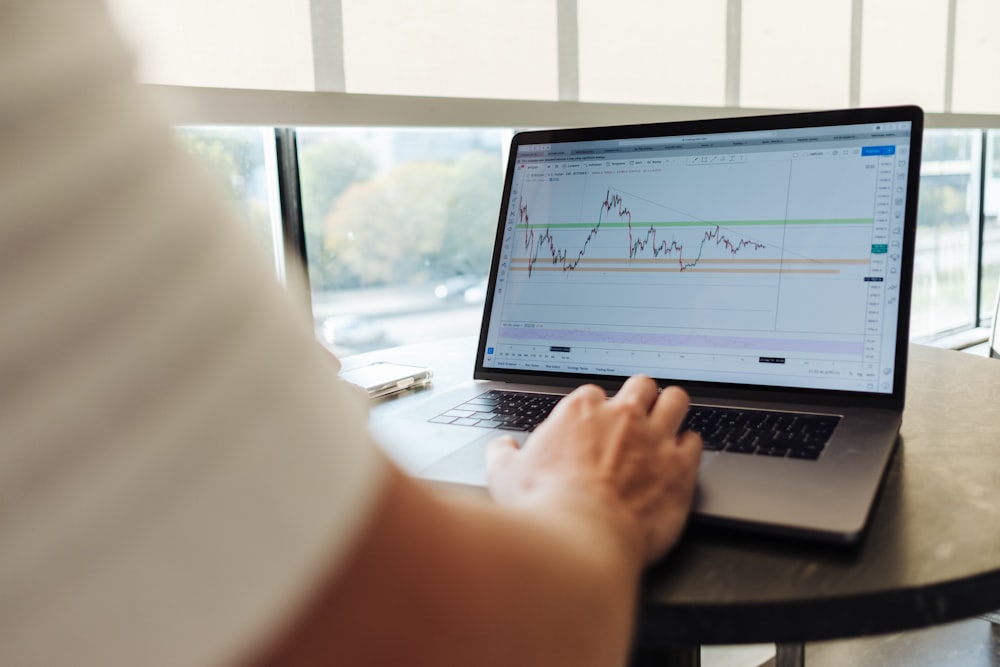

Although it’s been on the slide since mid-May, the US equity market has edged out global equities as the UK fund buyers’ market of choice. This has been implemented, however, in ways that run counter to prevailing trends.Equity Global sales have been trending down since their November 2022 peak of £3.21bn—only bettered by March 2021’s £6.48bn. Over the same period, we’ve seen Equity US increase its take. Over the 12 months to the end of April 2024, Equity Global attracted £1.44bn and Equity US, £6.61bn (Equity UK, for comparison, lost £16.16bn). Over the first four months of 2024, those figures are £1.01bn, £3.14bn, and -£5.47bn (chart 1: blue is Equity Global; black, Equity UK; and grey Equity US—please excuse the scale).
Chart 1: Equity Global, UK and US monthly fund flows, five years, GBP million  Source: LSEG LipperWhat had previously been a market where equity sales were dominated by broadly diversified global funds has shifted its emphasis to the US. And it’s done it in a way that bucks one major trend in fund sales of the past few years.
Source: LSEG LipperWhat had previously been a market where equity sales were dominated by broadly diversified global funds has shifted its emphasis to the US. And it’s done it in a way that bucks one major trend in fund sales of the past few years.
A rare win for active
What’s noteworthy is that sales to active Equity US funds trend upwards over 2024. Over 12 months, index trackers attracted £2.42bn while active strategies netted £4.19bn, and over the first four months of 2024 this trend strengthened as passive Equity US funds suffered outflows of £873m, while active funds netted £4.01bn (chart 2).
Chart 2: Equity US, 12 months flows, active and passive (GBP million)  Source: LSEG Lipper This goes against the direction of travel of active versus passive flows across all equity funds (and increasingly bond funds), which strongly favours the latter. For example, over the 12 months to the end of April 2024, active equity funds saw outflows of £32.33bn, while their passive peers had inflows of £8.06bn. For Q1 2024, those figures are -£6.45bn and £3.44bn, respectively.When it comes to US equities, the chatter around performance has, you may have noticed, been focused on seven stocks. The top money-taker over 12 months, BlackRock ACS North America ESG Insights Equity, although overweight Microsoft by 94 basis points (March 2024), the fund is underweight the Magnificent Seven in aggregate by three percentage points (27.18% for the fund versus 30.19% for the S&P 500).This could, therefore, indicate that investors are choosing to—albeit selectively—trim their exposure to the Magnificent Seven after a strong run that may be fraying at the edges. That would make sense, and two of the top-selling ETFs over 12 months are equal-weighted S&P 500 strategies, which would also play to this theme. However, there is a more glaring pattern to the flow data, weaving through this passive-to-active counter current.
Source: LSEG Lipper This goes against the direction of travel of active versus passive flows across all equity funds (and increasingly bond funds), which strongly favours the latter. For example, over the 12 months to the end of April 2024, active equity funds saw outflows of £32.33bn, while their passive peers had inflows of £8.06bn. For Q1 2024, those figures are -£6.45bn and £3.44bn, respectively.When it comes to US equities, the chatter around performance has, you may have noticed, been focused on seven stocks. The top money-taker over 12 months, BlackRock ACS North America ESG Insights Equity, although overweight Microsoft by 94 basis points (March 2024), the fund is underweight the Magnificent Seven in aggregate by three percentage points (27.18% for the fund versus 30.19% for the S&P 500).This could, therefore, indicate that investors are choosing to—albeit selectively—trim their exposure to the Magnificent Seven after a strong run that may be fraying at the edges. That would make sense, and two of the top-selling ETFs over 12 months are equal-weighted S&P 500 strategies, which would also play to this theme. However, there is a more glaring pattern to the flow data, weaving through this passive-to-active counter current.
The red, white, and… green?
Of the top half dozen active share classes by flows over the past 12 months, five are of BlackRock ACS North America or US ESG Insights funds, the other being Royal London US Equity Tilt TTF X GBP Acc. These six attracted almost £8bn over the period.The top six passive funds took even more—£8.01bn—but outflows are greater. And, in what’s a mirror image of the active top money-takers, only one of these funds is a sustainable vehicle.Lipper’s quarterly report on the UK sustainable fund market, Everything Green Flows, reported that Equity US was the top-selling sustainable classification for Q1 2024, at £5.8bn versus £1.45bn for conventional Equity US sales.So, while the attractions of the US equity market are apparent, and have been seized on my investors, this has been implemented to no small degree through strategies that are active and sustainable.More By This Author:Fund Market Reports First Outflow In Six Weeks Are Retail Investors the Right Target Group for ELTIF 2 Funds?Exxon’s Darren Woods Gets A Biden-Era Dividend
















